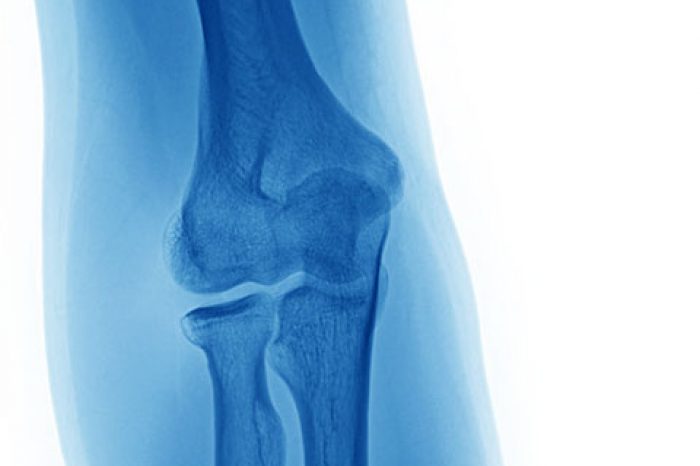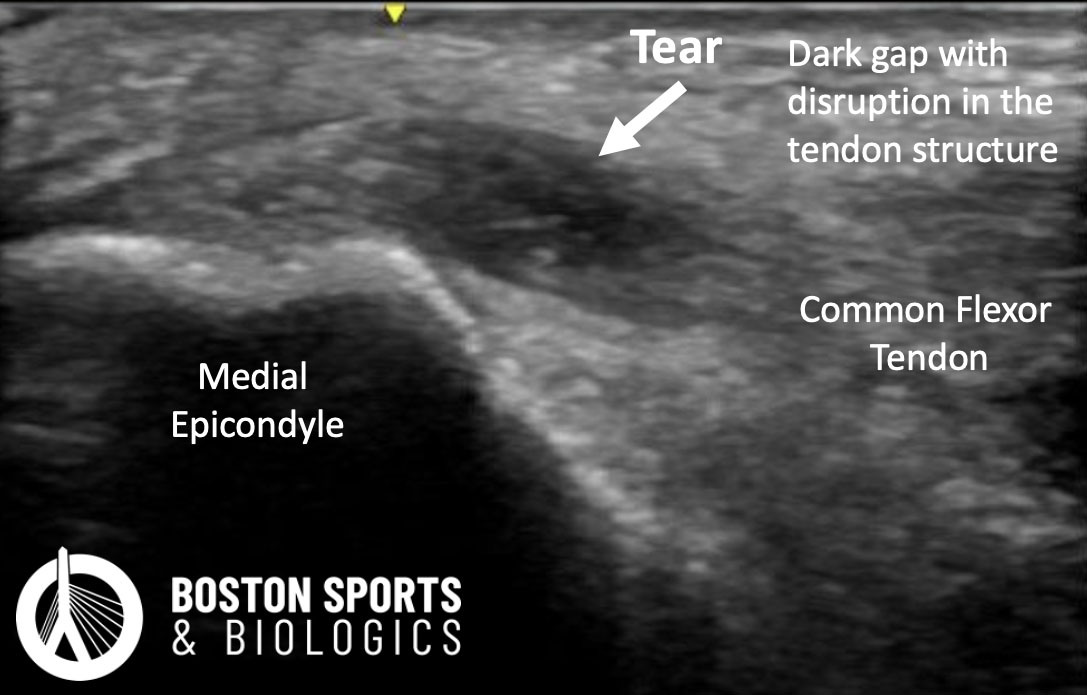

Medial epicondylitis, commonly referred to as “golfer’s elbow,” is a condition characterized by pain and inflammation on the inner part of the elbow. This condition is primarily a repetitive stress or overuse injury, leading to chronic tendinosis, which causes tendon tissue degeneration. The condition can significantly affect both athletes and individuals involved in occupations requiring repetitive arm movements.
While conservative treatments, such as rest, physical therapy, and anti-inflammatory medications, are typically the first line of defense, many patients with persistent symptoms turn to advanced therapeutic options such as Platelet-Rich Plasma (PRP) injections and Extracorporeal Shock Wave Therapy (ESWT). But which of these treatments is more effective for alleviating pain and restoring function in patients with medial epicondylitis?
Study Overview: Comparing PRP and ESWT
A recent study by Singh et al (2024) published in the International Journal of Advances in Medicine compared the effectiveness of ultrasound-guided PRP injections and extracorporeal shock wave therapy in treating medial epicondylitis. The study, conducted at the Regional Institute of Medical Sciences in Imphal, involved 54 patients, all of whom had suffered from chronic elbow pain lasting for more than three months. Participants were randomly assigned to one of two treatment groups: one received a single PRP injection, while the other underwent three sessions of ESWT.
The study measured pain intensity and functional outcomes at follow-up intervals of 4 weeks, 12 weeks, and 24 weeks.
PRP, which is derived from the patient’s own blood, concentrates the platelets in the blood, PRP injections deliver high levels of growth factors to the injured tendon, promoting tissue repair and regeneration. The growth factors in PRP stimulate cell proliferation, migration, and differentiation, which contribute to the healing process.
In the study, patients who received PRP injections demonstrated significant improvements in both pain and function. At the 12-week and 24-week follow-up, the PRP group showed a statistically significant reduction in pain and a marked improvement in function. These improvements were notably superior compared to the shockwave group, suggesting that PRP may offer both better short-term and long-term improvement for patients with medial epicondylitis.
Extracorporeal Shock Wave Therapy (ESWT) involves applying focused sound waves to the affected tendon. The therapy works by stimulating blood circulation, promoting neovascularization (the formation of new blood vessels), and reducing pain by affecting the nerve endings in the affected area. Shock wave therapy has been used for a variety of musculoskeletal conditions, including lateral epicondylitis, plantar fasciitis, and shoulder tendinopathies.
In the study, ESWT was applied in three sessions, each involving 2600 impulses delivered to the site of maximum tenderness, with a frequency of 8 Hz. While ESWT was effective in reducing pain and improving function, its results were not as impressive as those of PRP. The VAS score for the ESWT group decreased from 6.67 at baseline to 2.89 at 24 weeks, and the MEPS improved from 62.47 to 86.42. These changes were significant but did not match the improvements seen in the PRP group, particularly in terms of long-term pain relief and function.

How is Medial Epicondylitis Diagnosed? and what is the role of ultrasound in PRP injections for Golfer's Elbow?
Platelet-rich plasma (PRP) leverages the body's natural healing processes. When injected into the affected area, these platelets contain growth factors and cytokines that promote tissue repair and regeneration. PRP can only enhance the healing of the damaged tendons if it is injected precisely into the tendon defect and thus stimulates a complex process of cellular proliferation, collagen production, and neovascularization, which collectively contribute to tendon repair and pain reduction [Annaniemi et al, 2022; Fitzpatrick et al, 2017; Huang et al, 2020].The study’s findings suggest that both PRP and ESWT can be effective treatments for medial epicondylitis, but PRP appears to offer superior long-term results in terms of both pain relief and functional improvement. PRP’s ability to stimulate healing at the cellular level, combined with its lasting effects, makes it a particularly attractive option for patients who have failed other conservative treatments.
ESWT, while effective, may be more suitable for individuals seeking a non-invasive treatment option with a shorter recovery time. However, it may not provide the same level of sustained relief as PRP.
For patients with chronic medial epicondylitis, PRP injections offer a promising alternative to corticosteroid injections, and this study shows that a single PRP injection can result in both short-term pain relief and long-term improvements in function.
If you are dealing with medial epicondylitis and are seeking an alternative to traditional treatments, PRP injections may provide the relief you need. For more information:
(781) 591-7855
20 Walnut St
Suite 14
Wellesley MA 02481
References:
Adductor longus selective tenotomy is a modern surgical treatment for chronic groin pain that offers faster recovery and better outcomes than traditional full release surgery. The adductor longus, an inner thigh
Read MoreDiscover how ultrasound helps diagnose plantar fat pad atrophy, a leading cause of ball-of-foot pain. Learn about symptoms, thickness cutoffs, and why early detection matters for relief.
Read More